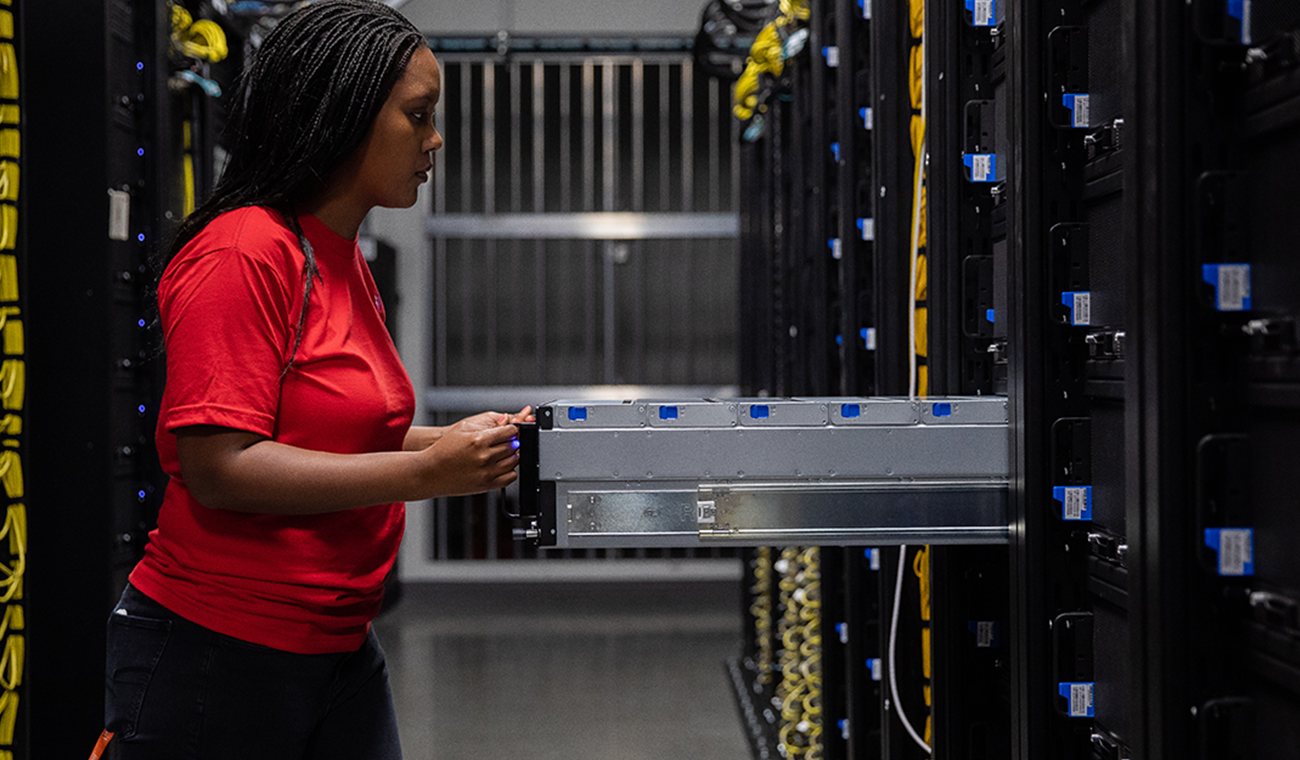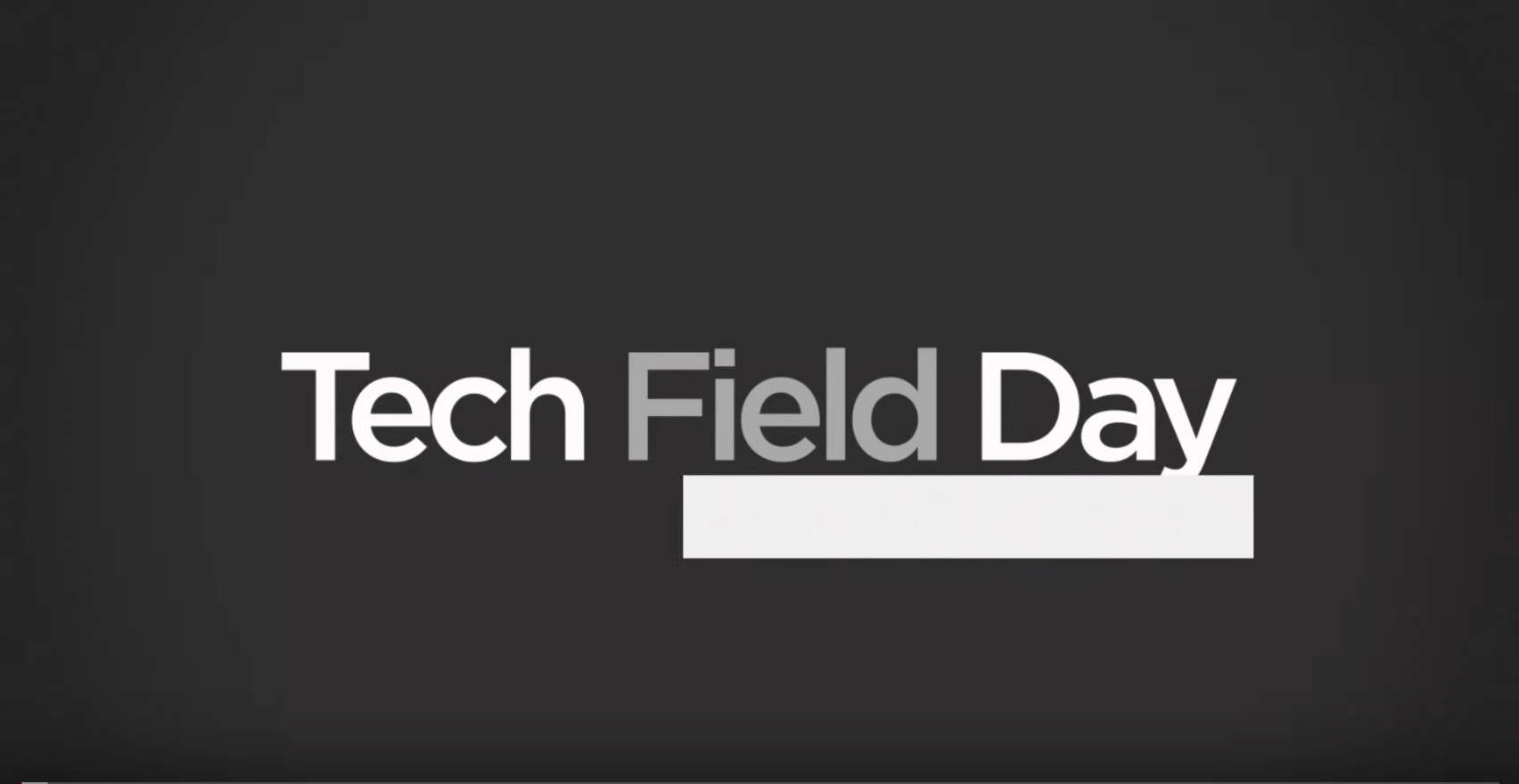
Search presents a particular challenge for Dropbox with our massive scale. Our users keep hundreds of billions of pieces of content on our collaboration platform, and we need to provide each user with a personalized search experience. Our Intelligence Group’s Search Infrastructure team rebuilt our search function from the ground up through a project called Nautilus. Along with delivering best-in-class performance, scalability, and reliability, they also provided a foundation for implementing intelligent document ranking and retrieval features. This is a flexible system that allows our engineers to easily customize the document-indexing and query-processing pipelines for running experiments. And, of course, Nautilus also maintains strong safeguards for preserving the privacy of our users’ data.
“We want to help users find the most relevant documents for a given query—at this particular moment in time—in the most efficient way possible,“ writes engineering lead Diwaker Gupta in today’s post on our tech blog. “This requires being able to leverage machine intelligence at several stages in the search pipeline, from content-specific machine learning (such as image understanding systems) to learning systems that can better rank search results to suit each user’s preferences.”
Update: A second Nautilus post focuses on performance and reliability.











